Physical Activity: Guidelines, Benefits, and Programs
VerifiedAdded on 2022/12/26
|5
|748
|47
AI Summary
This document provides information about physical activity, including guidelines, benefits, and programs. It discusses how physical activity can improve health, reduce the risk of illness, and enhance mental well-being. It also highlights the role of physical activity in maintaining family and social relationships. The document references various sources and studies to support the information provided.
Contribute Materials
Your contribution can guide someone’s learning journey. Share your
documents today.
1 out of 5
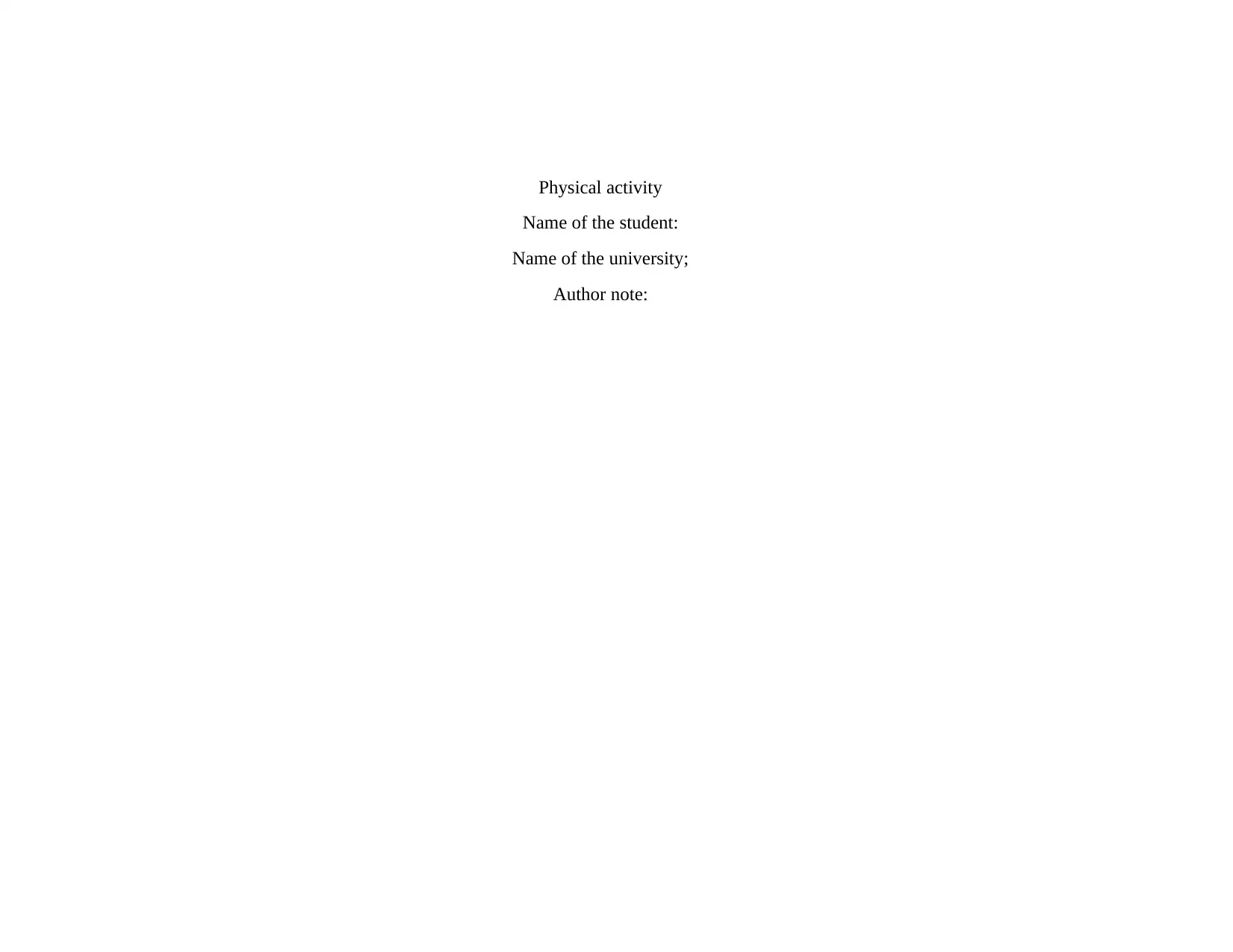
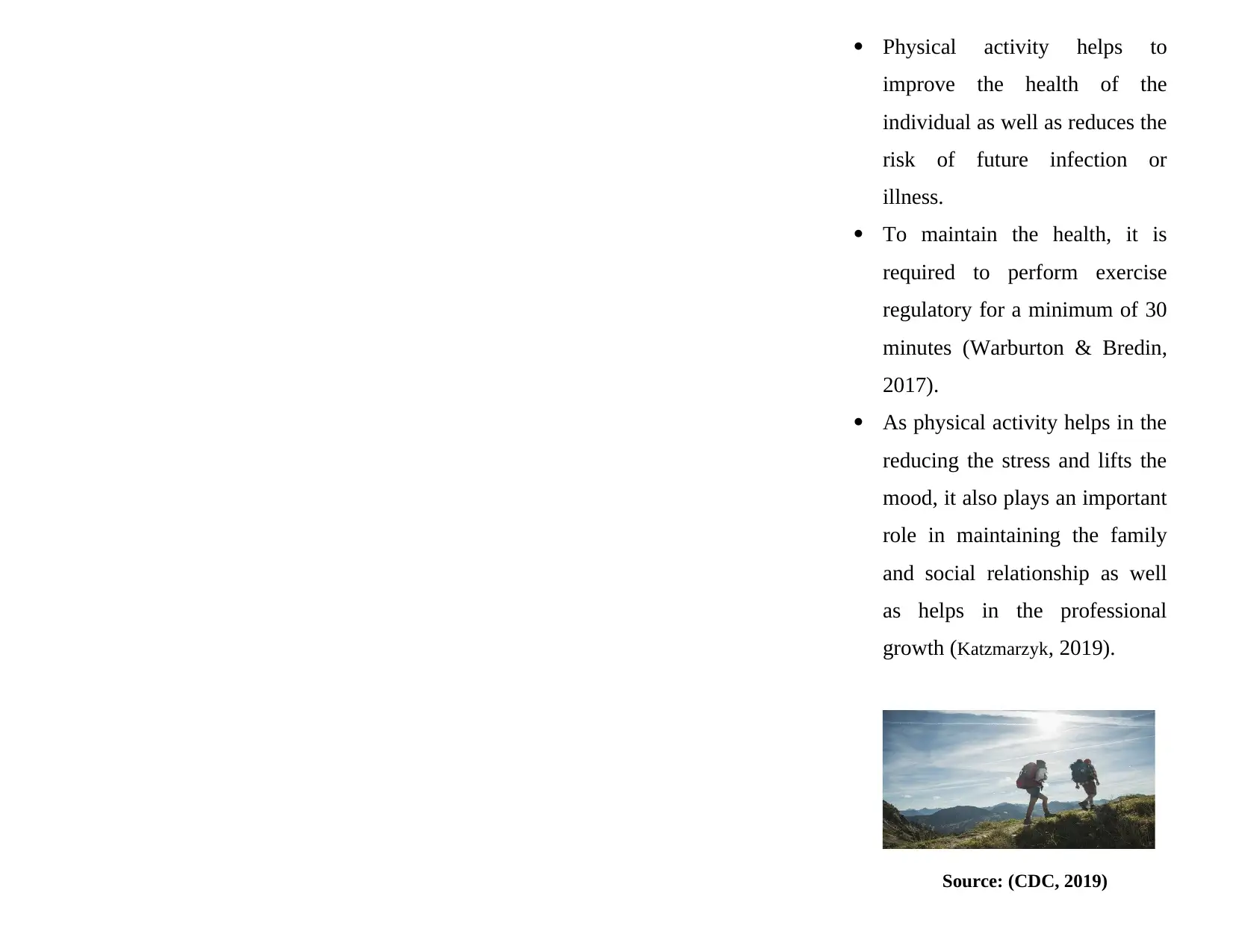
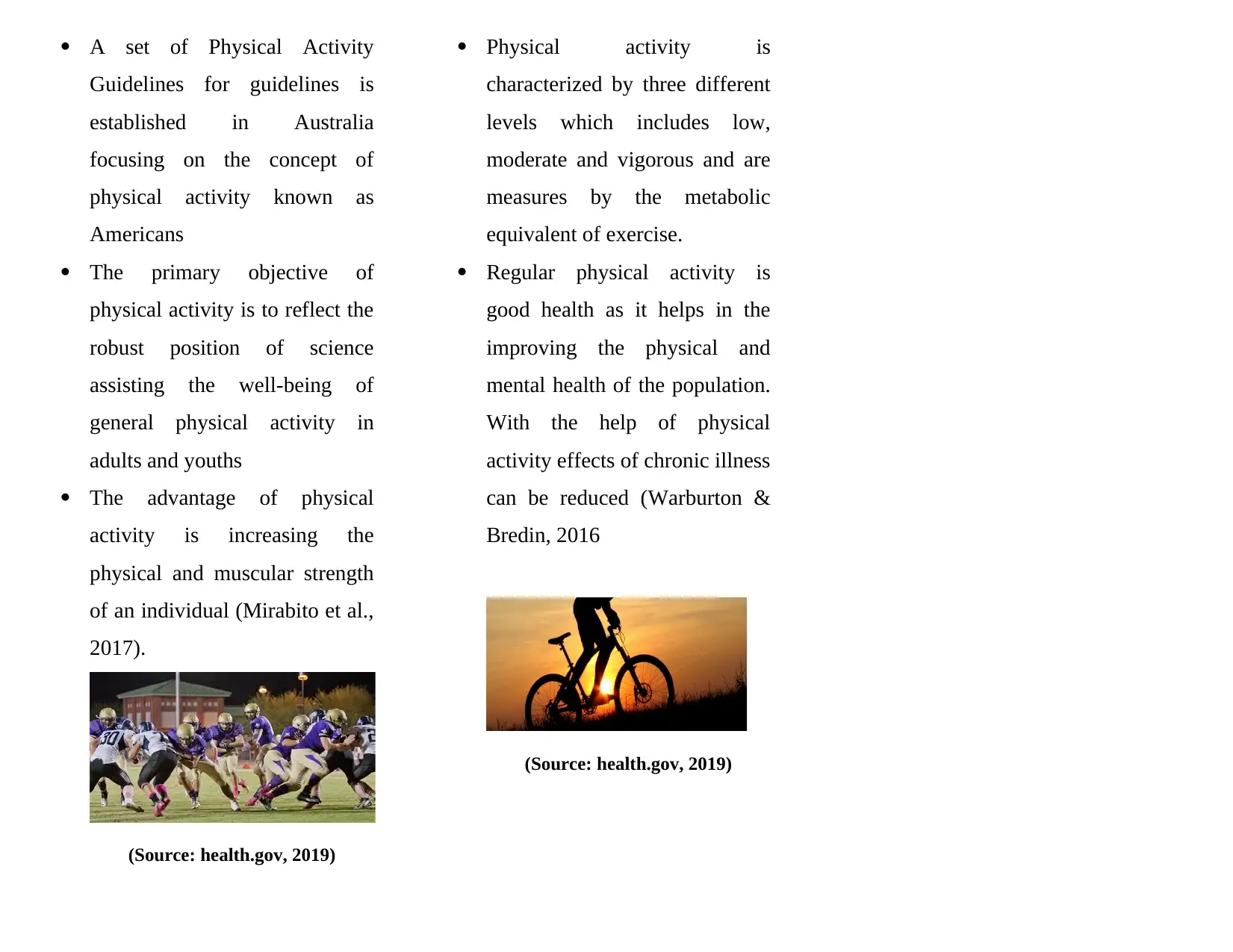
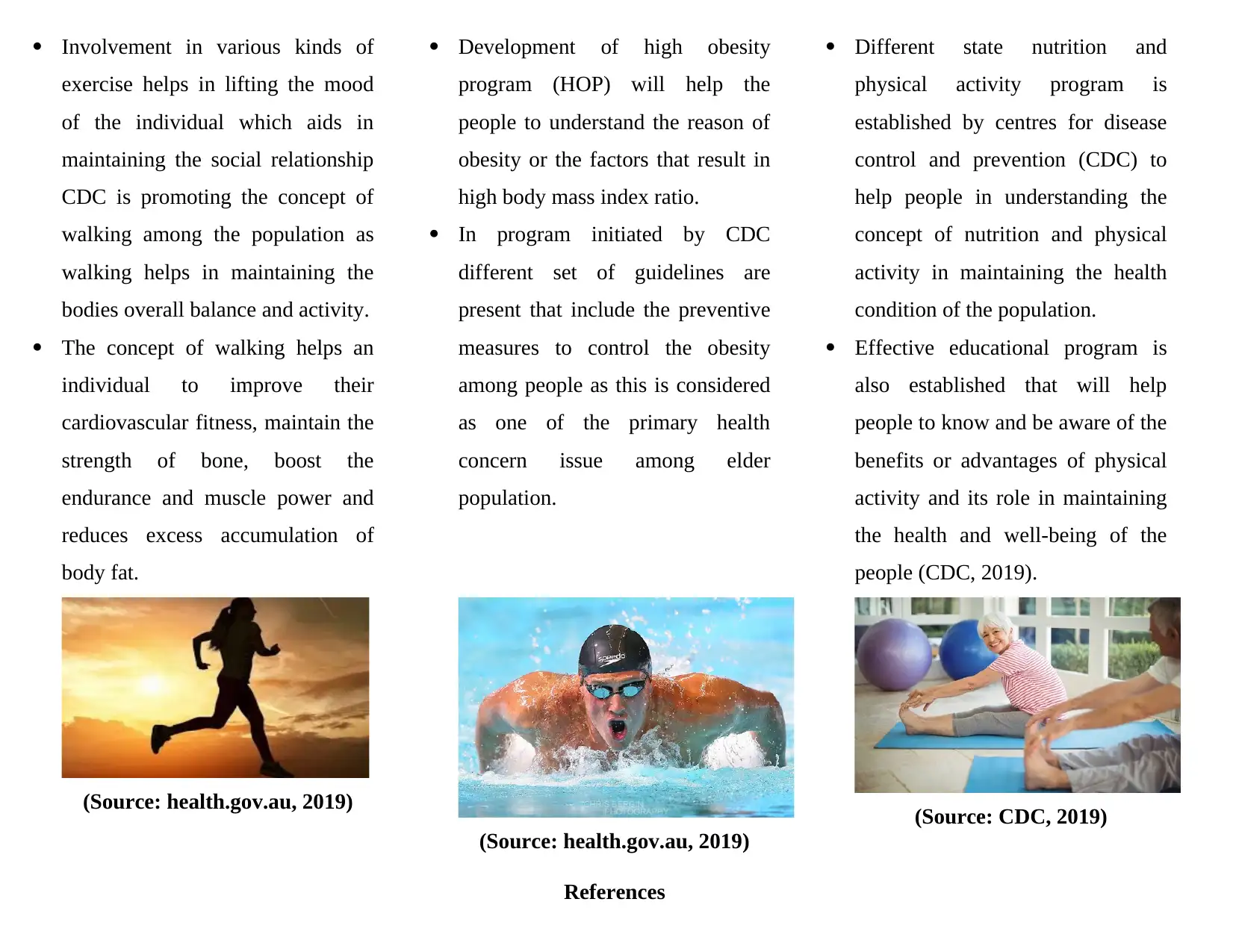
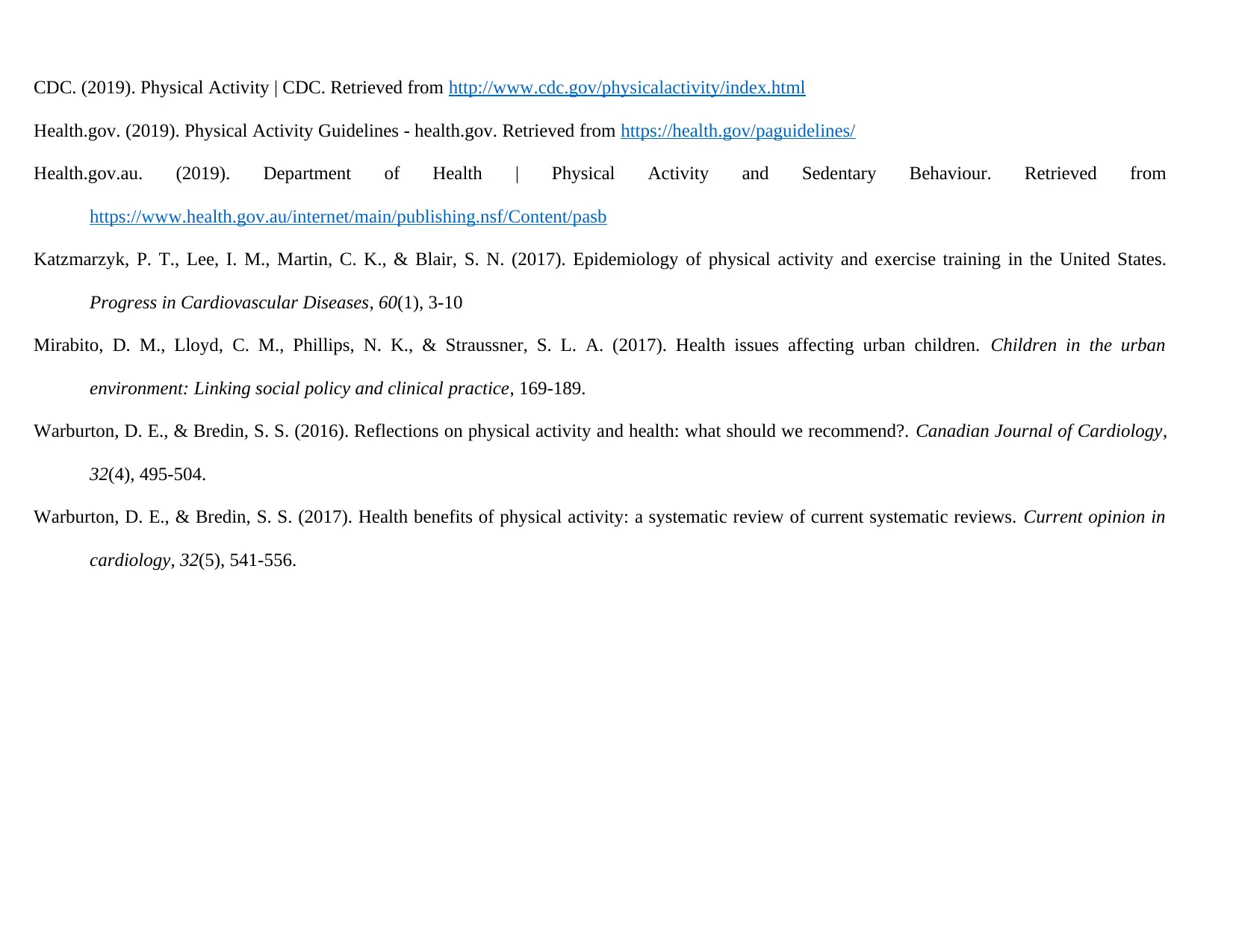





![[object Object]](/_next/static/media/star-bottom.7253800d.svg)